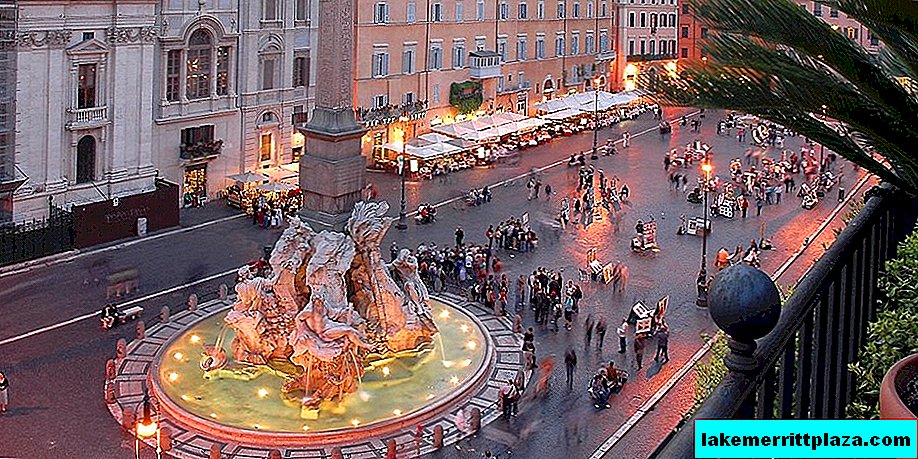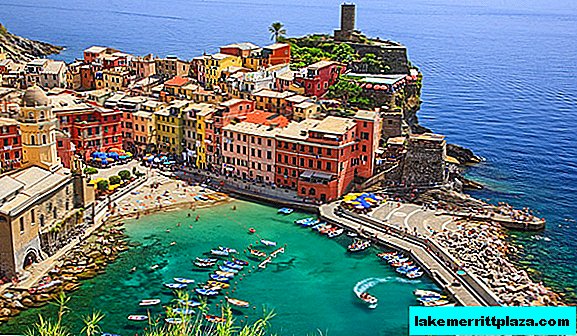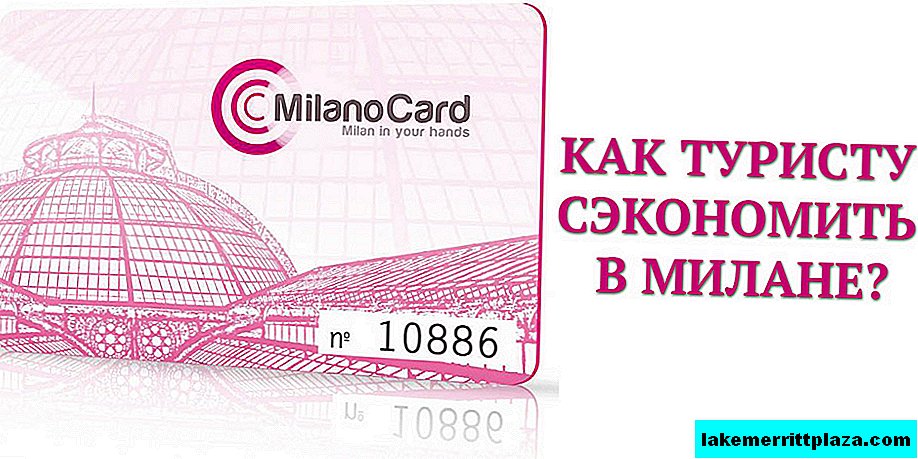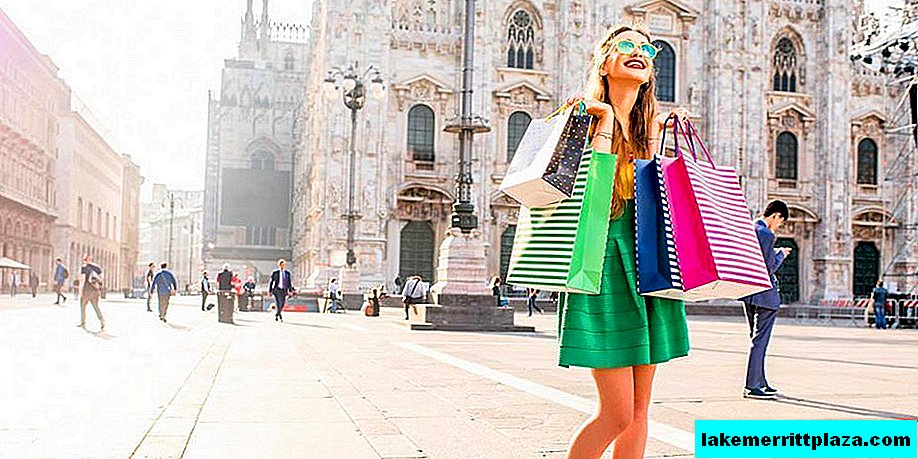Recently, the past 2013 did not become truly cultural for Italians, the newspaper Il Isole 24 Ore notes. According to the latest data, the inhabitants of the sunny country were so busy that they simply did not have enough time, or perhaps the desire, to read at least one book.
A recent study showed that 39 percent of Italians (which is 3.7 percent more than in the previous 2012) did not participate in any cultural events. So, for example, the number of those who have not read a single book for the whole year has increased: 57 percent of the inhabitants of Italy were unable to master at least one work. According to researchers, this very sad indicator increased over the year by 3 percent. Thus, Italy turned out to be almost the most "uncultured" country in Europe. The index of population participation in cultural events was only 8 percent.

According to experts, over the past ten years in the country there has been a regular decrease in the cultural activity of its population.
From 1993 to 2013, the Ministry of Culture "lost" almost a billion euros due to the fact that Italians simply do not seek to enrich themselves with knowledge about the history and cultural heritage of the country.
The crisis in the country forced the government to reduce the cost of maintaining cultural facilities: for example, investments in this direction were reduced by 11 percent. For example, the British Museum in 2013 received £ 85.5 million from the British government, the Louvre Museum € 100 million, while the La Triennale (Milan's fine art exhibition) received only € 2.4 million.
Theaters and museums in Italy do not matter. Less and less Italians are selected in such institutions. As for the average family’s expenses on cultural education, they are also not large: 7.1 percent of the total family budget is spent on going to the theater, opera or ballet, while UK residents are willing to spend 10.6 percent of the budget on these needs .
The growing popularity of theater, cinema, exhibitions, architectural monuments, which has been observed over the past 20 years, has now declined.
So, in 2013, 36.2 percent of Italians over six never got out of the house in order to at least get culturally rich.

Moreover, the education sector also faced difficulties. Today, Italy is in 26th place among all countries within the European Union in terms of the number of investments in cultural education of the population. Beginning in 1923, a compulsory subject was introduced in every Italian school: History, but now, as researchers note, interest in this subject has decreased significantly among both children and adolescents.
In general, in recent years there has been a tendency towards a decrease in the activity of Italians.
According to the Ministry of Health, the inhabitants of the country of wine and sun are more and more lazy.
The magnitude of this problem is really amazing. In 2011, a special survey was conducted, in which more than 600 people aged 25 to 65 took part. The results of a small online study surprised researchers: 59 percent of respondents said they would never use the stairs if they knew about the elevator, and 35 percent of Italians admitted that they could even drive a car to a store 200 meters from houses.
Moreover, 11 percent of the country's residents said that they had not pedaled a bicycle for a long time.
Despite the fact that the vast majority understands and realizes all the consequences of a sedentary lifestyle, only 22 percent of Italians take daily walks. From year to year, the number of people with increased weight (more than 35 percent) and obesity (10 percent) is increasing in the country.








